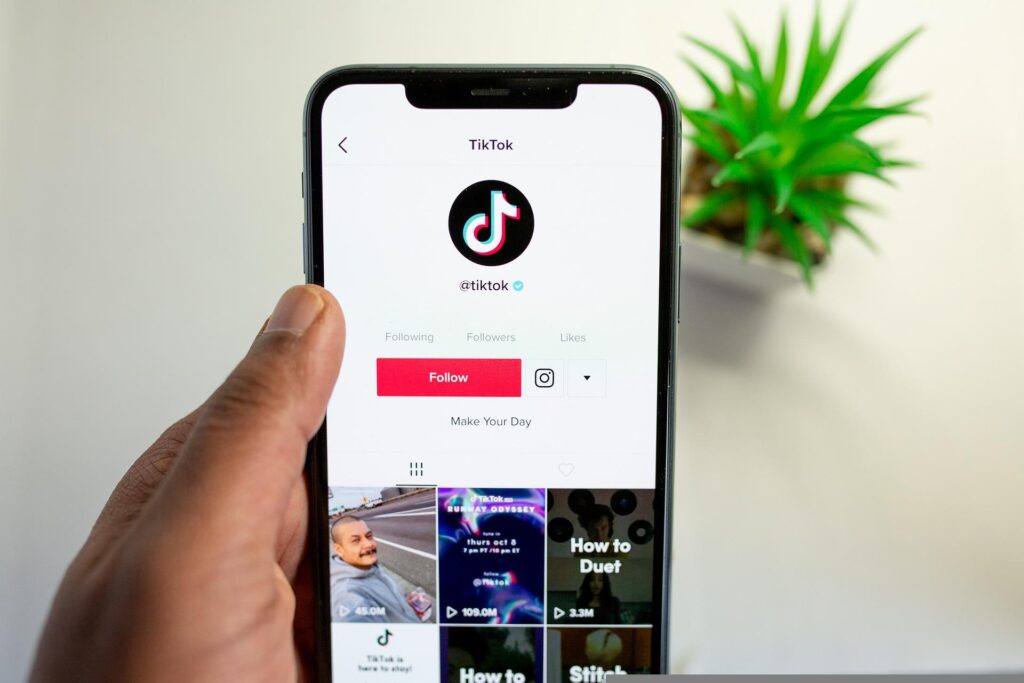
Video marketing is an important part of marketing for any business, regardless of size. But it can seem overwhelming to decide which platforms to include. After all, nearly every platform supports videos.
We’ve gathered the most useful video marketing platforms, along with tips for using each. This way, you can easily decide where to share your videos.
Use the Platforms Your Audience Is On
When it comes to video marketing or any other type of marketing, the key is to use the platforms your audience is on. Don’t waste your marketing efforts on a platform with a small audience, at least not initially. That said, some platforms, like YouTube and TikTok, will be useful for most audiences. Others, however, like LinkedIn, will depend entirely on your audience.
Consider the Preferences of the Platform’s Users
You also want to consider the type of videos you will produce and the preferences of the platform’s users. Combine this with the limitations of the platform, such as whether you can include sound and how long your videos can be. You’ll want to consider factors like budget, communities, sound and size limitations, and average view time.
With that in mind, take a closer look at the various video marketing platforms you should at least consider.

Nearly every single small business that uses video marketing will want to post videos on YouTube. This is still the largest platform for hosting videos, with more than five billion videos viewed every day on the platform.
Some highlights of YouTube include:
- YouTube is free to use. You can also optimize your videos to appear in YouTube’s search results for free.
- YouTube lets you encourage subscribers. Your subscribers will be notified when you post new videos, increasing your views.
- You can create playlists to organize your videos and encourage viewers to watch more than one at a time.
- You can target a specific audience, especially if you use paid advertising.
- There are numerous opportunities for engagement, including likes and comments.
A bonus of using YouTube is that it is owned by Google. As such, YouTube videos are likely to show up in Google search results, especially if you optimize them. This further expands your reach.

You may consider using Vimeo for your videos. It is a common alternative to YouTube and the second-largest platform for hosting videos. Despite being smaller, it has the following highlights that make it worth considering for your video marketing:
- It has fewer ads than YouTube, improving the user experience.
- Vimeo is known for higher-quality videos, giving your business a more professional reputation.
- You can choose from various premium accounts.

Facebook remains an incredibly useful social media platform for video marketing. Research has confirmed that Facebook improves your brand reach in the newsfeed. In one ad test, videos received 480% more clicks than still images. This emphasizes the reach you get with Facebook.
If you plan on using Facebook for videos, make sure to upload your video to Facebook instead of just linking a YouTube or TikTok video. This will help you stand out in Facebook’s algorithm. Don’t forget to consider Facebook for live videos as well.

Instagram is an excellent platform for video marketing for any company whose audience is on the platform. Part of it comes from the fact that you can choose from various video formats:
- Instagram Video: A new version of IGTV,Instagram Videos can be up to 60 minutes long.
- Live Video: Live videos on Instagram are a great way to connect and interact with your audience. Just be sure to announce your videos ahead of time to boost engagement.
- Reels: These are 15 to 30 seconds and include filters, timed text, sound (from an audio library), and timer and speed controls.
- Stories: These are 60-second videos that disappear in 24 hours. You can also include direct links for Instagram shopping.
In addition, you can also make a video post on your Instagram timeline just like you would post a picture.

Not all small businesses will want to use LinkedIn for video marketing, but B2B companies will strongly consider it. This professional platform is ideal for sharing videos with useful information or industry news. Think of LinkedIn as a spot for sharing information than directly advertising or providing entertainment with your video marketing.
For example, LinkedIn can be great for videos about events or industry conferences. It is also a great place to post product tutorials or show off new technologies.

Pinterest is more suited for larger businesses, but depending on your niche or industry, you may want to consider it. That said, 2020 saw a 20-times increase in product searches.
The platform launched live streaming in 2022, giving you another option for videos. When creating videos for Pinterest, focus on those that encourage an action, such as buying something, reading a post, watching a video, or saving a pin.

Nearly every small business will want to consider video marketing on TikTok. As of 2022, it has a billion monthly active users. TikTok’s audience started with Gen Z, but it has expanded, and the audience now includes nearly all ages and demographics.
When posting on TikTok, you want to do so frequently, using authenticity and humor. For the best results, participate in trends and hashtags.

When using Twitter videos, keep them short and sweet. The ideal video length on Twitter is just six to 15 seconds. So, you will want to make the most of that short duration. For example, you can include your logo in the corner of the video throughout to help potential customers recall your brand.
Conclusion
Most small businesses will want to host their videos on YouTube and TikTok, at the very least. Depending on your audience, Facebook, Instagram, and Twitter are also excellent options. Based on your niche and audience, you may also consider Vimeo, LinkedIn, and Pinterest. The key is to use the platforms that your audience spends time on.


